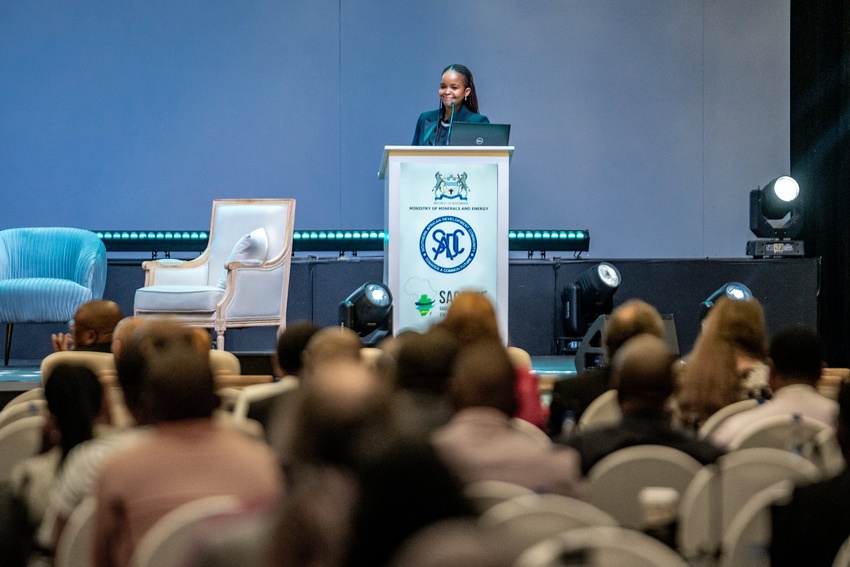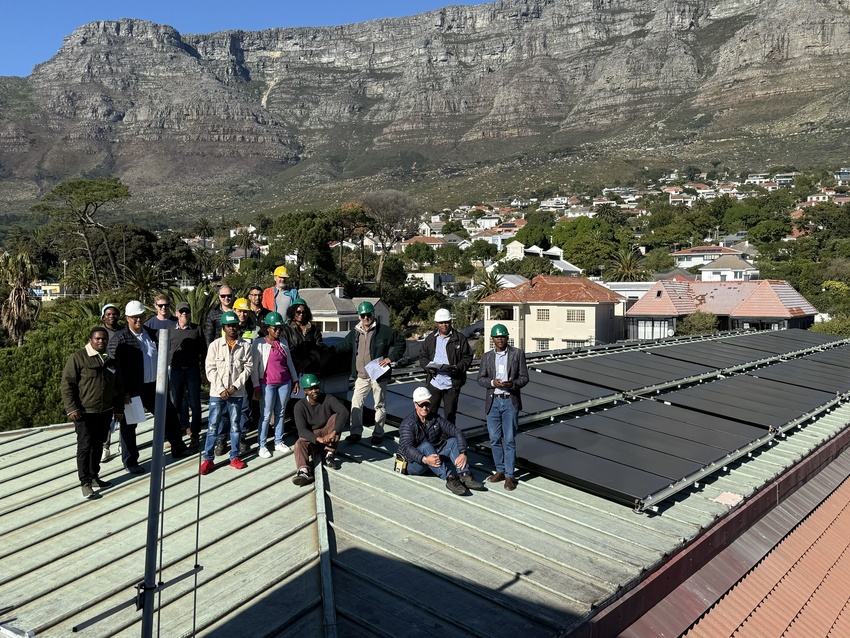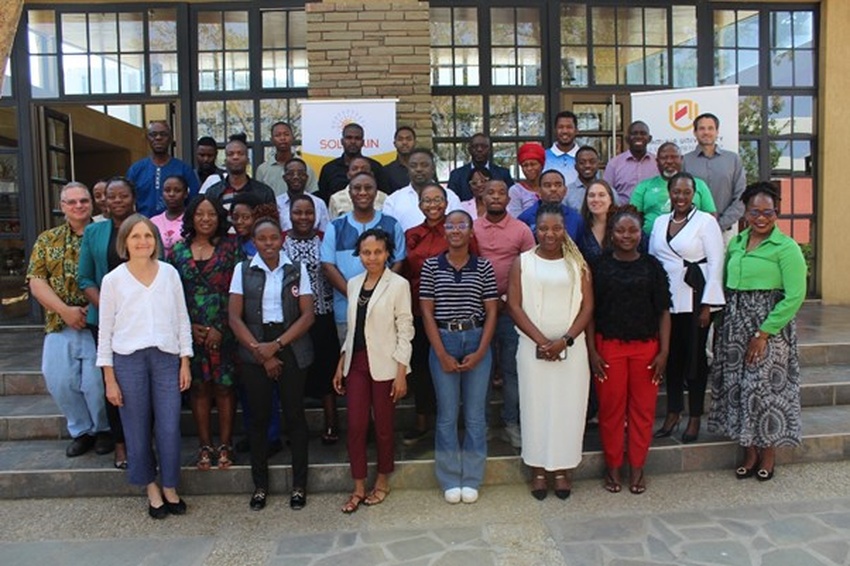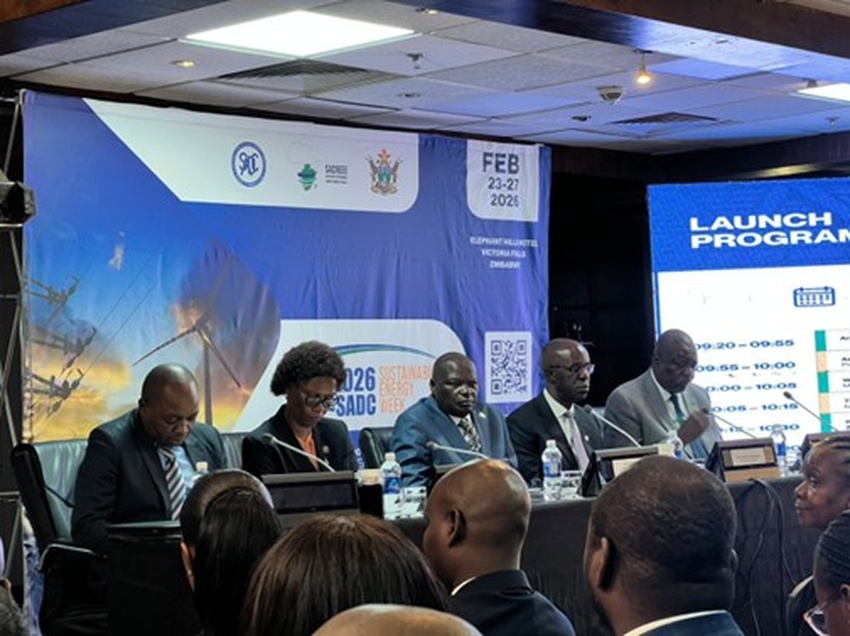The side-by-side comparison of three solar water heating technologies being installed at the premises of Namibia Energy Institute (NEI) at the Namibia University of Science and Technology (NUST) has reached the commissioning stage. The project is cofinanced by the SOLTRAIN+ project and NUST, and aligns with SOLTRAIN+’s target outcome of demonstrating and monitoring low-energy renewable heating and cooling (RHC) concepts and systems.
The systems being compared are an indirect thermosyphon system with a 2.52 m2 (1.58 kW) flat plate collector, a 1.67 m2 (1.17) indirect thermosyphon system with evacuated tube collector, and a PV-to-heat (PV2He[IH1] at) systems with a 1.1 kW electric element, all equipped with a 200 L hot water storage tank each and installed at the same orientation and inclination angles. These systems are ideal for commercial and residential applications. Figure 1 illustrates the installation of the three systems whereby the main control instruments are installed in the ventilated container.
Manual control instruments are implemented on the hot water consumption line to replicate the regime of low hot water demand of a residential/commercial user. A cooling system is incorporated to cool the hot water consumed by the replica user. This is implemented as a water conservation measure, i.e., a closed loop on the hot line is incorporated to eliminate the waste of hot water. Figure 2 illustrates the interior setup of the system whereby the manifold feeds the heat accumulator with hot water from the systems being compared.
The cooling system is then integrated into the heat accumulator whereby the jojo tank installed outside the container naturally pre-cools the hot water before the reverse-operated 12-kW heat pump with 4 kW cooling capacity heat pump operates. The water is then recirculated to the heat accumulator for reheating by the hot water systems under comparison.
The system is equiped with monitoring equipment such as transducers, and communication devices to allow for the capture and transfere of parameters that are relevant for establishing the techno-economic perfomance of the three systems. Temperature sensors, an irradiance sensor, heat/energy meters, and flowrate sensor are installed to evaluate the levelised cost of thermal energy (LCOE) of each solar water heating system. The first batch of results is expected to be available the mid-May 2025 .
E3 Africa (Pty) Ltd is the contractor for this installation, and with the assistance of AEE-INTEC and NEI, the project has reached the completion stage thus the data acquisation and possible improvement will begin. To date, the system has attracted local and regional attention with students at NUST eager to engage further with the system. Furthermore, this project suppports the uptake and scaling of solar water heating systems to drive entrepreneurship and address the persisting energy deficit in Namibia and the SADC region at large.
The SOLTRAIN+ project and Task 69 joint meeting aimed at discussing topics of mutual interest and scheduled to take place from 27 to 30 May 2025 at NEI in Windhoek will be a platform for SOLTRAIN+ to present the initial findings of this comparison study. During the meeting, there will also be a workshop focused on gender mainstreaming in the solar industry, thus participants will have an opportunity to appreciate the facility. This facility will also be pivotal in supporting the implementation of the Bankable Solar thermal Technology Roadmap of Namibia by providing proof of system performance.









